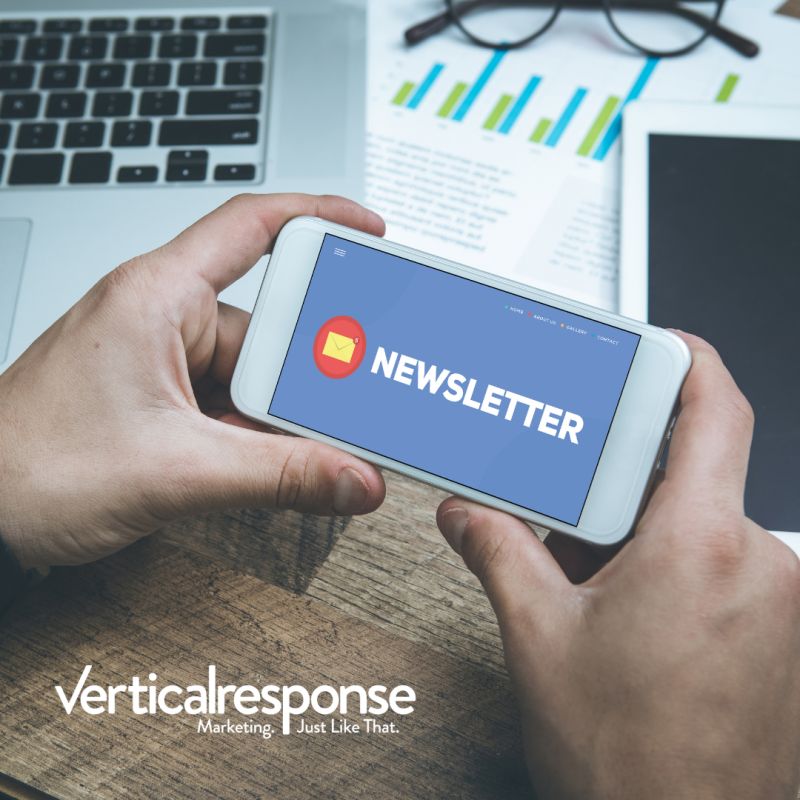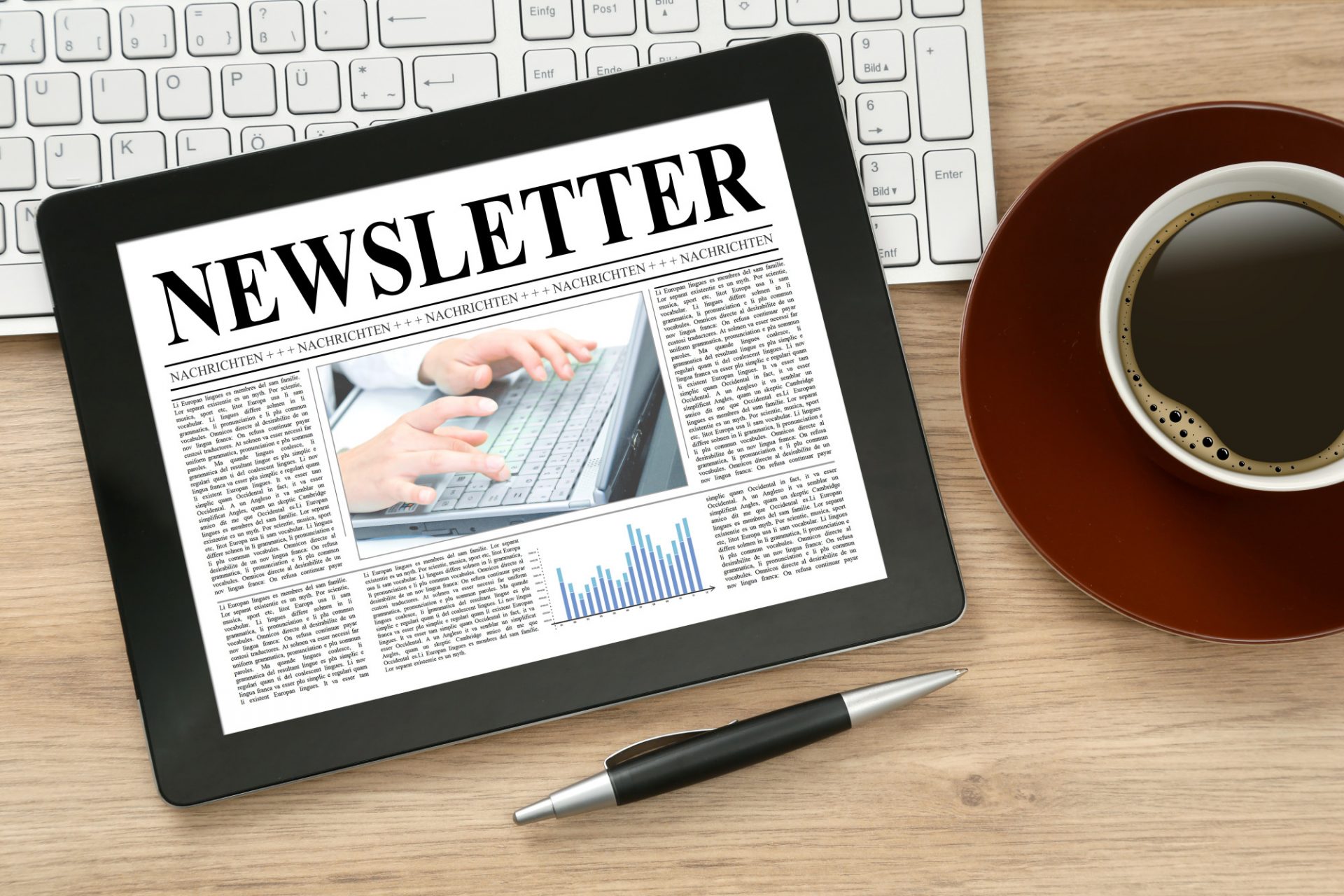
Crafting Effective Call-To-Actions in Email Marketing
Call-to-actions (CTA) are the secret sauce that can transform your email marketing campaigns from good to great. They are the key to driving engagement, boosting click-through rates, and ultimately, converting your subscribers into customers. But how do you craft CTAs that truly resonate with your audience and compel them to take action? Let’s delve into the art and science of creating effective CTAs for your emails.
Understanding the Importance of CTAs in Email Marketing
Before we dive into the how-to, let’s first understand the why. CTAs are not just buttons or links in your emails; they are strategic tools that guide your subscribers toward a desired action, be it making a purchase, signing up for a webinar, or downloading an eBook.
CTAs play a pivotal role in the success of your email marketing campaigns. They can significantly increase your click-through rates, drive more traffic to your website, and ultimately, boost your conversion rates. In fact, emails with a single call-to-action increased clicks by 371% and sales by 1617% according to a study by Wordstream.
Key Elements of an Effective CTA
An effective CTA is more than just a button with a catchy phrase; it combines several key elements that compel your subscribers to take action. Let’s look at these elements in detail.
Clear and Concise Language
Your CTA should be clear, concise, and to the point. Avoid using jargon or complex language that might confuse your subscribers. Instead, use simple and direct language that communicates what you want them to do.
For example, instead of saying “Click here to avail of our limited-time offer”, you could say “Get 50% off now”. The latter is more direct, clear, and compelling, making it more likely for your subscribers to take action.
Strong Action Verbs
Start your CTA with a strong action verb. This creates a sense of urgency and compels your subscribers to take action immediately. Some examples of strong action verbs include “Buy”, “Download”, “Register”, “Subscribe”, and “Get”.
For example, instead of saying “Our new eBook is available”, you could say “Download our new eBook now”. The latter is more compelling and encourages immediate action.
Benefit-Oriented Language
Your CTA should communicate the benefit your subscribers will get by taking the desired action. This gives them a compelling reason to click on your CTA.
For example, instead of saying “Join our webinar”, you could say “Learn expert marketing tips”. The latter clearly communicates the benefit your subscribers will get, making it more compelling.
Designing Your CTA
The design of your CTA is just as important as its content. It should be visually appealing and stand out in your email, making it easy for your subscribers to spot and click on it.
Color and Contrast
Choose a color for your CTA that contrasts with the background color of your email. This makes your CTA stand out and draws your subscribers’ attention to it.
For example, if your email has a white background, you could use a bold color like red or blue for your CTA. This creates a strong contrast and makes your CTA pop.
Size and Position
Your CTA should be large enough to be easily spotted, but not so large that it overwhelms the rest of your email. Position it strategically in your email, preferably above the fold, so your subscribers see it immediately when they open your email.
Remember, the goal is to make it as easy as possible for your subscribers to spot and click on your CTA.
Testing and Optimizing Your CTAs
Finally, remember that crafting effective CTAs is an ongoing process. You should constantly test and optimize your CTAs to ensure they are as effective as possible.
A/B Testing
A/B testing is a great way to determine what works best for your audience. You can test different aspects of your CTA, such as the language, color, size, and position, and see what generates the best results.
For example, you could test two different versions of your CTA: one with a strong action verb and one without. The results of this test could give you valuable insights into what resonates with your audience.
Analytics
Use analytics to track the performance of your CTAs. Look at metrics like click-through rates, conversion rates, and bounce rates to understand how your CTAs are performing and where there is room for improvement.
Remember, the goal is not just to create CTAs that look good, but CTAs that drive engagement and conversions.
Conclusion
CTAs are a powerful tool in email marketing. By understanding the key elements of an effective CTA and constantly testing and optimizing your CTAs, you can drive engagement, boost click-through rates, and ultimately, convert your subscribers into customers.
So, start crafting your effective CTAs today and watch your email marketing campaigns soar to new heights.
Are you interested in finding out more? Browse the rest of our blog for other marketing tips. If you’re ready to create your first email, survey, sign-up form, or landing page then register for a free trial to get the tools you need to build powerful marketing campaigns!
© 2024, VerticalResponse. All rights reserved.



